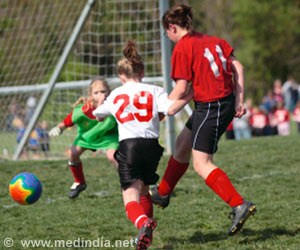
‘To help teachers react quickly to random shootings, a new training drill called ALICE, which stands for Alert, Lockdown, Inform, Counter and Evacuate has been set up by a retired police officer.
’
Tweet it Now
After a scourge of shootings have killed dozens in schools and colleges, training programs have been set up to help teachers react quickly to the invasion of a shooter on campus. This morning, around 30 adults gather in the library to listen to a trainer reel off statistics and advice, before splitting into small groups to take part in practice drills in unused classrooms. Barricade the door with tables and chairs. Disperse within the room. Look for an escape route. And if the shooter comes in, create a disturbance or throw whatever you can to cause a distraction.
"There are more options than sit and wait," says trainer Michael Kimball, a former police officer who says most shootings only last a few minutes and often end before the police turn up. The two-day training, organized by local and regional authorities, costs $595 per person.
It is geared towards teachers and school support staff as well as fire fighters, police and other security professionals, all concerned about being prepared in the event of the worst.
- Learning 'to win' -
Advertisement
The institute says it has trained more than a million people in 2,600 school districts, 600 universities, 2,300 law enforcement agencies, 700 businesses and 500 healthcare facilities.
Advertisement
"If you take the control from them, they have nothing else," he said. Those taking part in the training in Levittown are confronted with six possible scenarios, including a shooter invading the school and a student whipping out a firearm in class.
The scenes, which unfold after a megaphone announcement, play out very quickly as if in real life, followed by a debriefing where laughter chases away the stress. "We are teaching them life skills, we are teaching them common sense to help to mitigate losses and injuries when there is a violent intruder or violent killer," Kimball told AFP.
Success is a question of making the situation harder for the shooters -- to "slow them down" -- when each second counts. "The most important thing is for you to be proactive for your own safety," Kimball explains.
- 'It is important' -
In the classroom, the participants play along, barricading themselves when a shooter barges in. On another occasion, they jump on the fake shooter in order to stop him. Mike McHugh, a special education teacher for disabled teenagers, is planning to adapt the training for his students.
"It's kind of scary, but we are going to practice, building a barricade, seeing whether we can get out of the window," he said, adding that he would have to go through it several times given the challenges that his students face.
"We have fire drills, we have lockdown drills, we have hurricane drills, we have tornado drills," he said. "You lose instructional time having to practice all these drills, but I think it is important," he added.
Karen Madden, an elementary school reading teacher, is also worried about how to best protect her pupils. It will be "difficult, especially when they are that little," she said. "They can't tie their shoes and you have to say 'by the way, you have to be trained in case of a shooter.' But they have to be," she added.
Source-AFP









